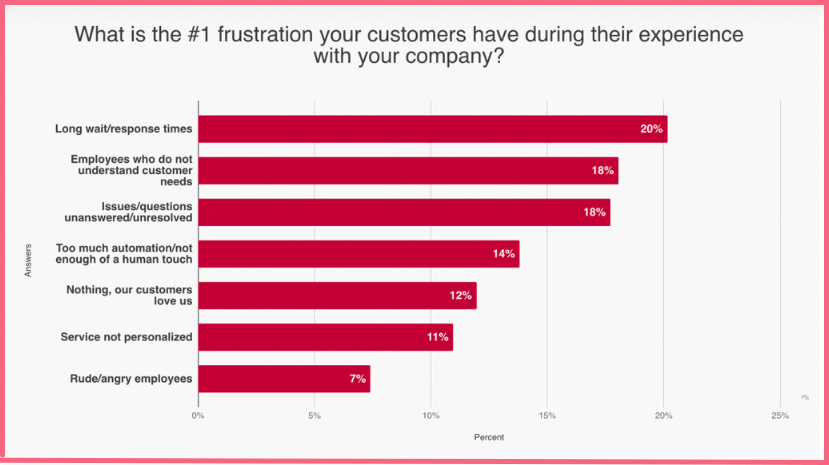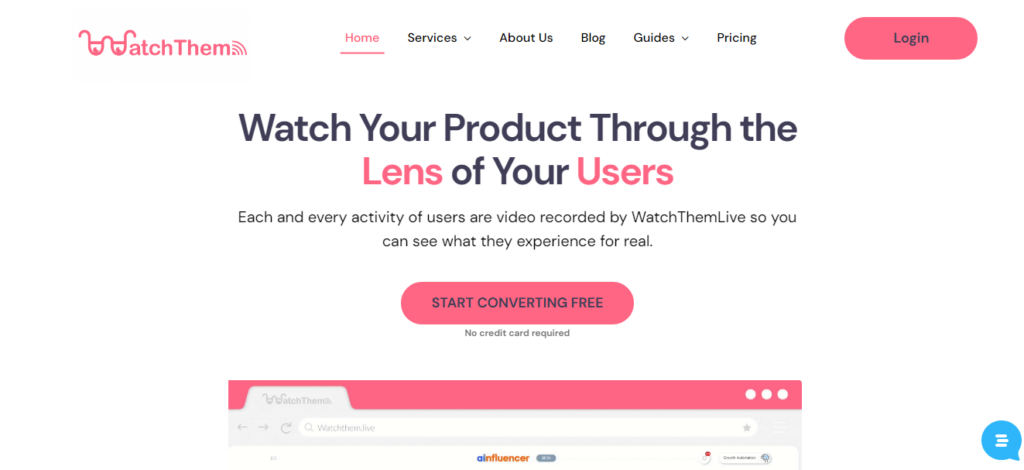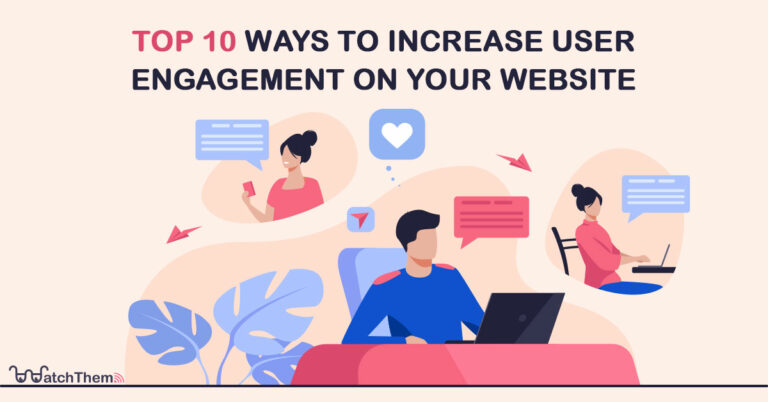Page Contents
One of the best and most important places to engage with your customer is your website. Imagine a customer that visits your website and with no interaction leaves it. This is why website engagement is a key parameter of your success.
Engaging users is the crucial first step in the conversion process. You must engage your audience before you can convince them to buy or subscribe. Also, having users leave your website within a few seconds will negatively impact your bounce rate. So, if website user engagement is so important, how exactly can you increase it?
In this article, I’ll outline 10 proven tips that can help you effectively engage with visitors. First, let’s see what is engagement website
For more articles about marketing strategies
What is an Engagement Website?
Website engagement is how the customers feel when they visit your website and what will they achieve by interacting with it like download, subscribe, clicks, shares, and so on and a site that has these factors has a high engagement.
Why Does Having an Engaging Website Matter?
So, why does website engagement matter this much? Just see the numbers that show how much each customer spends on your website, what pages are they checking out, and are your calls-to-action (CTAs) attracting them.
These are parameters that show how much your website is attractive and engaging customers. By measuring these data with the right tools, they can help us in these important areas:
- Increase sales conversions – Users spend more time when you have an engaging website. They might not spend on the first visit but eventually, increase conversions.
- Higher customer satisfaction – A well-designed website engages the visitors and encourages them to visit the different pages and options boosting their satisfaction level.
- Average duration on the website – It is obvious that when your website is appealing, users will spend more time visiting the pages and menus.
Top 10 Ways to Have an Engagement Website
Now let us see what are the ways that we can improve user experience and convert them to loyal customers
1. Make your website as your customer wants
Your website is the gate to your business, it’s the first impression of your work, so you should know what your customers expect from your website to stay in it.
You can achieve this information with analyzing tools like WatchThemLive. As I said you should be aware of your customer’s behavior and some of our services such as session replay and website heat map can help you to achieve these data.


2. Add live chat for real-time assistance
How the customer feels about your website is one of the most important things. Having a live chat will give this feeling to the user that he or she is important for you and you will answer every question anytime.


Implementing live chat can drastically lessen the impact of long queue times. It allows you to interact with website visitors in real-time when they first arrive on your site and learn about their expectations. There is no better way to provide immediate support to your visitors and clients than to use a website engagement tool.
3. Use a straightforward & logical content structure
Like the visual elements on your site, you should organize your content in a user-friendly way to have an engaging website.
In particular, your site navigation, drop-downs, and checkout process should be straightforward. This is not the time to be “quirky” by using confusing navigation text. Instead, make your primary nav as simple as possible. Same with the checkout process; users add the item to their cart, enter their information, confirm the purchase, and go to a confirmation page.
4. Make your Call to Action (CTA) compelling
When you come across some buttons like subscribe now or Add to Card with fancy colors, those are CTAs and can help you have better website engagement. The most important thing here is that these buttons should be attractive and make users do what you want from them.
How can a compelling call to action boost your conversions by being a website engagement tool?
- Color matter a lot, so stand out with contrasting colors
- Make sure about the shape and size of the button. It should be able to draw the attention of the visitor instantly.
- To grab the user’s attention, tailor CTA copy with unique words.
- Include the element of value proposition in the call-to-action button


5. Optimize your site speed and responsiveness
Have you ever gone to a website just to get frustrated by a slow-as-molasses load time? If so, you likely turned right around and went to another website instead.
Similarly, if your eCommerce website is slow, potential customers may take their business elsewhere. Beyond that, site speed is an important Google ranking factor in attracting organic traffic to your site.
Use these steps for achieving this goal:
- Compress files and images
- Avoid and minimize the use of render-blocking javascript
- Reduce URL redirects
- Optimize images
Related Article: Key eCommerce Metrics That You Should Be Tracking in 2021
6. Make your website mobile responsive
In today’s era, lots of your website visits come from mobile devices, so it plays a significant role for you to have a higher website engagement. Your website visual representation must be compatible with any device, especially mobiles. Your buttons, the way users move around, and so on should be user-friendly to make a good experience for your user.


7. Make your brand messaging clear
What your brand promises is what brand messaging is all about. Choose the correct messaging that will resonate with your audiences from their point of view, whether you’re starting from scratch or redesigning an existing brand.
A website engagement plan that incorporates your brand messaging can do the following:
- Increase your company’s visibility among the right people.
- Improve your thought leadership profile and position as a subject matter expert.
- Boost your lead generation efforts.
8. Keep your website navigation intuitive
When landing on any website, we expect to navigate with ease, but unfortunately, not every site is designed as well as it should be. Great navigation is one of the most important aspects of creating a website. Also, it acts as one of the best tools to increase engagement on your website.
Designing your website navigation is like laying the foundation for your house. Failure to plan your foundation properly could put your building at risk of collapse, regardless of how nice it looks.


9. Add internal links & suggested products
Adding internal links to other pages and products on your site is a great way to encourage customers to add more items to their carts.
By including other “Products You May Like…” or “People Also Bought…” internal links, you could have customers adding one or more products to their shopping cart.
10. Study your audience
Survey to learn more about your target audience’s tastes and values. This will assist you in creating material that your target audience would enjoy. Inquire about their likes and dislikes, as well as what they expect from you. Find out whether they think you’re missing out on any design elements or content coverage.
Your input will inform you how to improve your website engagement.
Conclusion
When it comes to user experience, there is no space for hesitation and overthinking users are your potential customers, and having a higher website engagement is a key element to making this conversion.

